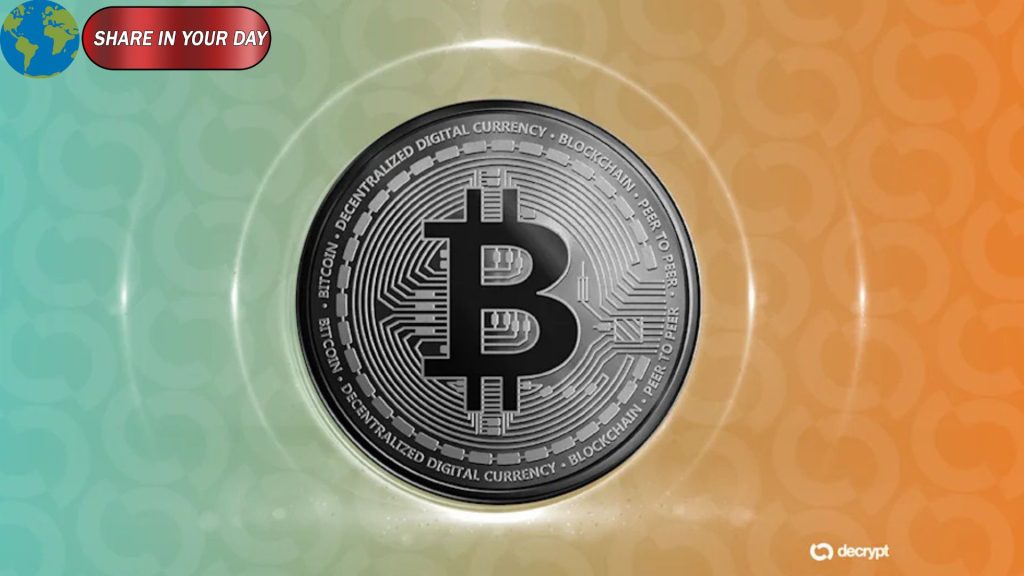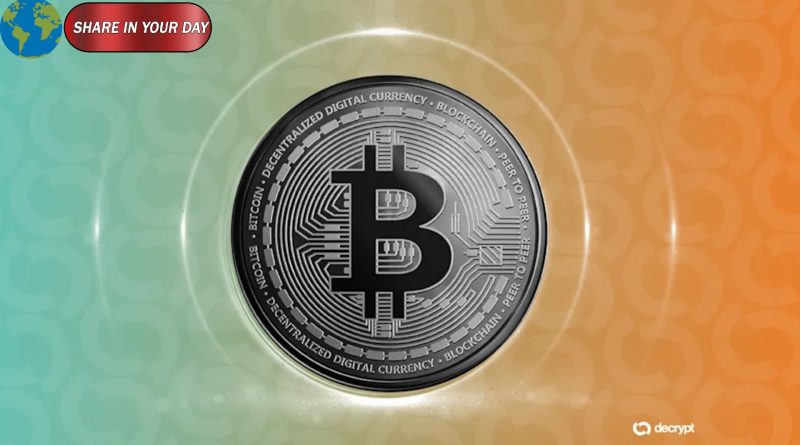Bitcoin Braces for Its First Inflation Test
he cryptocurrency market now faces a key moment as Bitcoin braces for what many analysts are calling its first genuine “inflation test.” With inflation figures due and markets watching closely, the broader implications for rate policy, risk assets and crypto sentiment come into sharp focus.
Inflation as the Macroeconomic Trigger
Inflation is more than just a background worry—it is a central driver of monetary-policy decisions by the Federal Reserve. When inflation remains persistently high, the Fed is more likely to hold or raise interest rates, narrowing liquidity and hurting risk-assets. Conversely, if inflation cools, then prospects for rate cuts open, which tend to boost speculative assets, including crypto.
In this environment, Bitcoin’s behaviour provides a telling signal: is it operating more like a hedge against inflation (as sometimes claimed) or is it primarily a risk-asset sensitive to macro shifts?
What the Market Is Watching
- Inflation data (notably the Consumer Price Index and PPI) will set the tone for policy expectations.
- Risk-asset sentiment: If inflation surprises to the upside, capital tends to retreat from riskier assets—including crypto. If inflation surprises to the downside, risk assets may rally
- Bitcoin key levels: Analysts are pointing to specific price zones and technical thresholds for Bitcoin that could serve as support or resistance depending on how the macro environment plays out.
Why This Matters for Bitcoin
- Stronger link to policy than before: Bitcoin’s price is now increasingly influenced not just by crypto-fundamentals, but by macroeconomic signals and liquidity conditions.
- Narrative evolution: While Bitcoin was once framed primarily as “digital gold,” it is now being treated by many market participants more like a growth-oriented risk asset that reacts to policy, yields and investor sentiment.
- Volatility risk: With inflation data ahead and markets awaiting direction, Bitcoin may face increased short-term volatility as positions adjust.
Possible Scenarios
- Inflation comes in cooler than expected: This would likely increase expectations of rate cuts and could support risk assets—including Bitcoin—leading to a rebound or acceleration.
- Inflation prints hotter than expected: This could reinforce a hawkish Fed stance, increase bond yields, strengthen the dollar and hurt risk assets, putting Bitcoin under pressure.
- Inflation aligns with expectations: In this neutral scenario, Bitcoin may not get a clear macro trigger and could remain range-bound until the next catalyst emerges.
What to Keep an Eye On
- How the Fed responds to inflation data and the language in its communications.
- The correlation between Bitcoin and traditional risk-assets (equities, tech stocks) as a gauge of whether capital is flowing in/out of risk mode.
- Investment flows into Bitcoin (via ETFs or custodial products) as a barometer of institutional conviction.
- Technical levels for Bitcoin: support zones and breakout thresholds that could guide the next leg either upward or downward.





